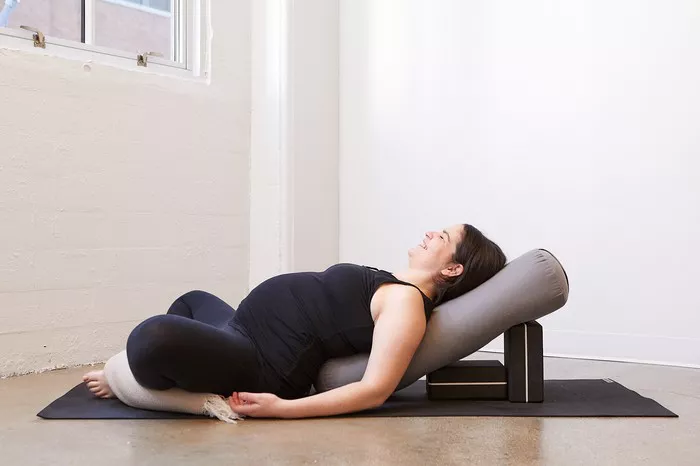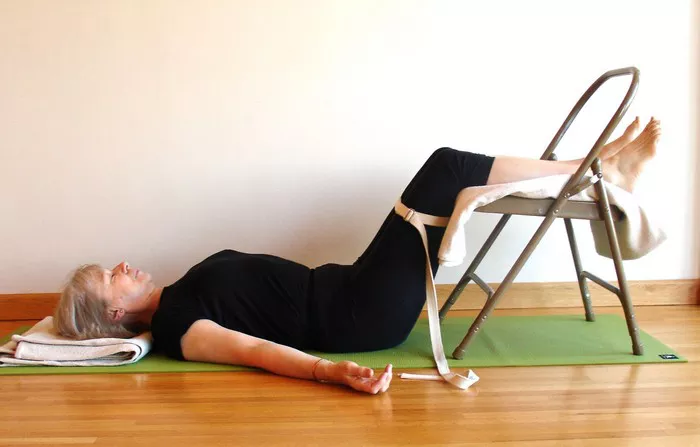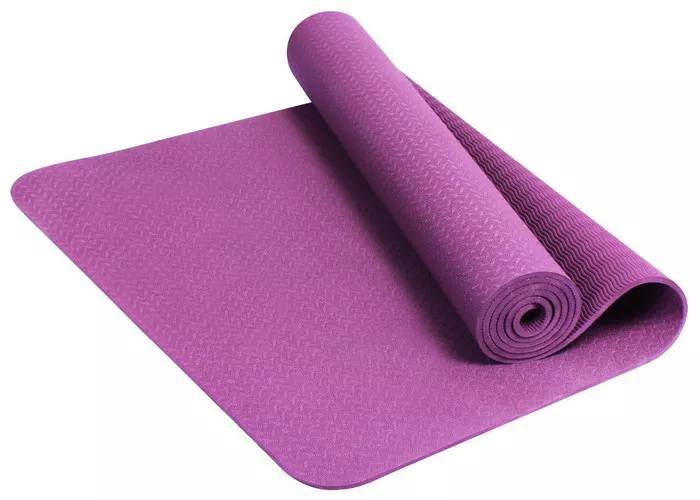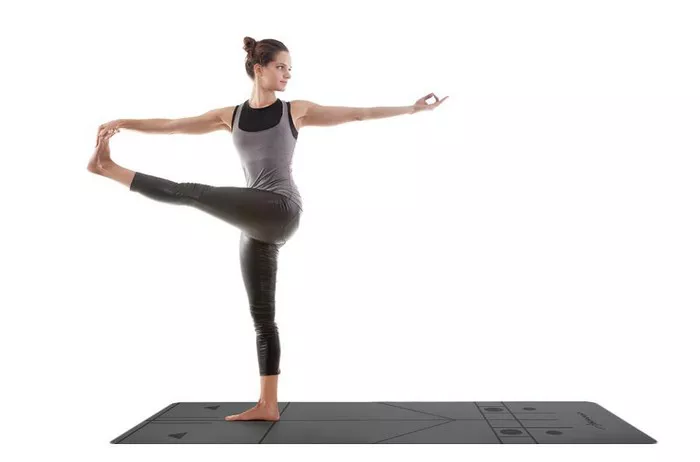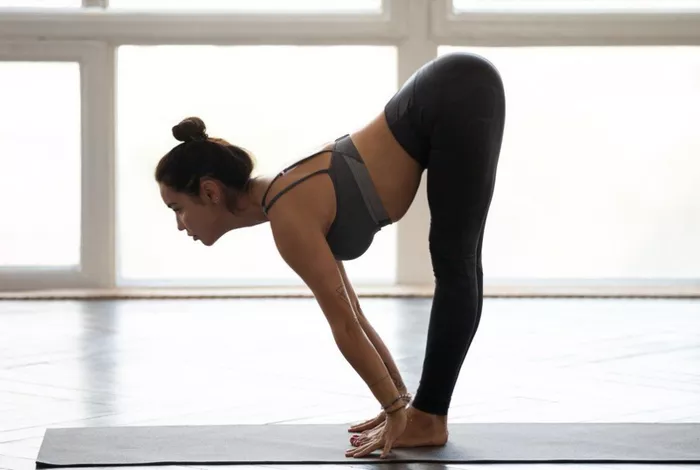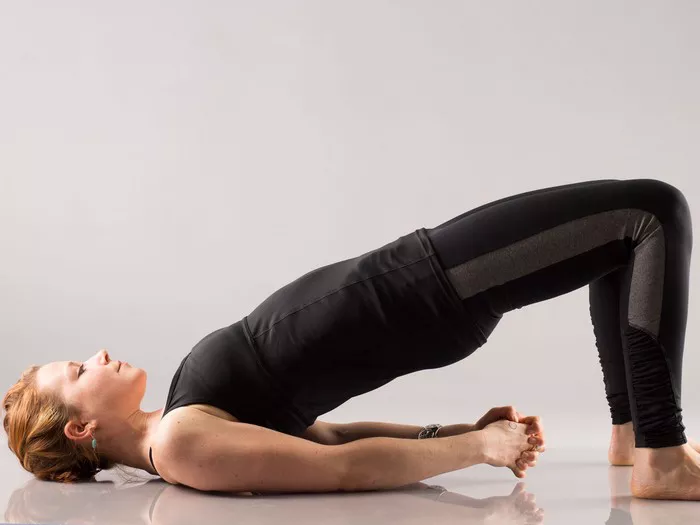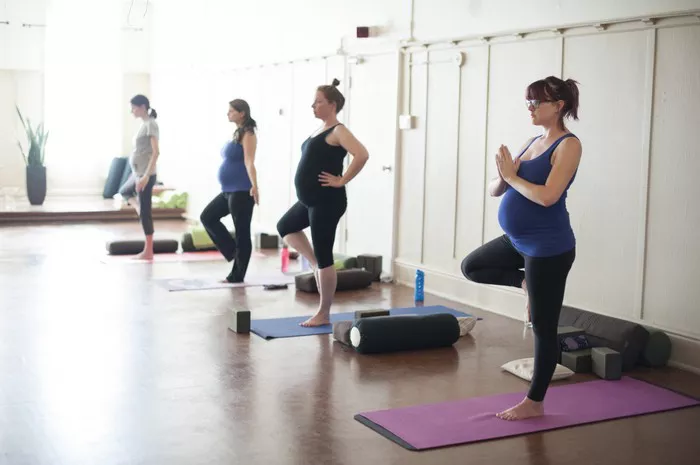Yoga Nidra, often referred to as yogic sleep, is a powerful practice known for its deep relaxation and rejuvenation benefits. As practitioners delve into this meditative state, they experience a profound sense of calmness and inner peace. However, the question of when is the best time to perform Yoga Nidra often arises. Is it more beneficial in the morning to kickstart the day, or is it better suited for the evening to unwind after a long day? In this article, we delve into the science and philosophy behind Yoga Nidra to determine the optimal time for its practice.
Understanding Yoga Nidra: A Brief Overview
Before delving into the timing of Yoga Nidra, it’s essential to understand what this practice entails. Yoga Nidra is a guided meditation technique that leads practitioners into a state of deep relaxation while remaining fully conscious. It involves systematically relaxing the body and mind, ultimately allowing individuals to access a state of consciousness that is between waking and sleeping. This state is often referred to as the “yogic sleep” or “psychic sleep.”
During Yoga Nidra, practitioners are guided through various stages, including body scan, breath awareness, and visualization. The practice aims to induce a state of profound relaxation, release stress and tension, promote mental clarity, and enhance overall well-being.
Factors Influencing the Timing of Yoga Nidra
Several factors influence the optimal timing for practicing Yoga Nidra. These factors include circadian rhythms, individual preferences, lifestyle, and the intended purpose of the practice. Let’s explore each of these factors in more detail:
1. Circadian Rhythms:
Circadian rhythms are natural, internal processes that regulate the sleep-wake cycle and occur over a 24-hour period. They are influenced by environmental cues such as light and darkness and play a crucial role in determining the body’s optimal functioning throughout the day.
Morning: Practicing Yoga Nidra in the morning can be beneficial for setting a positive tone for the day ahead. It can help individuals awaken gently, reduce morning grogginess, and enhance mental clarity and focus. Additionally, starting the day with Yoga Nidra can promote a sense of calmness and centeredness that carries over into daily activities.
Afternoon: The afternoon slump, typically occurring between 1:00 p.m. and 3:00 p.m., is a period when energy levels may dip, and concentration may wane. Practicing Yoga Nidra during this time can provide a much-needed energy boost, alleviate fatigue, and enhance productivity for the remainder of the day.
Evening: As the day winds down, practicing Yoga Nidra in the evening can help individuals unwind and transition into a state of relaxation before bedtime. It can promote better sleep quality, alleviate stress accumulated throughout the day, and prepare the mind and body for restorative sleep.
2. Individual Preferences:
Individual preferences play a significant role in determining the optimal time for practicing Yoga Nidra. Some people may find that they are more receptive to the practice in the morning, while others may prefer the evening. It’s essential to listen to your body and choose a time that feels most comfortable and conducive to relaxation.
3. Lifestyle:
Lifestyle factors such as work schedule, family commitments, and daily routines can also influence the timing of Yoga Nidra practice. It’s important to integrate the practice into your daily schedule in a way that aligns with your lifestyle and allows for consistency and regularity.
4. Intended Purpose:
The intended purpose of the Yoga Nidra practice can also influence the optimal timing. If the goal is to enhance focus and productivity, practicing in the morning may be most beneficial. On the other hand, if the aim is to promote relaxation and improve sleep quality, practicing in the evening may be more appropriate.
Practical Tips for Finding the Best Time
While there is no one-size-fits-all answer to the question of when is the best time to practice Yoga Nidra, the following practical tips can help you determine the optimal timing based on your individual needs and preferences:
1. Experiment with different times: Take some time to experiment with practicing Yoga Nidra at different times of the day to see what works best for you.
2. Listen to your body: Pay attention to how your body and mind respond to the practice at different times of the day. Choose a time that allows you to feel most relaxed and receptive.
3. Consider your schedule: Take into account your daily schedule and commitments when scheduling your Yoga Nidra practice. Choose a time that allows you to practice consistently without feeling rushed or stressed.
4. Establish a routine: Incorporate Yoga Nidra into your daily routine at the same time each day to establish a habit and reap the full benefits of the practice.
Conclusion
The best time to practice Yoga Nidra ultimately depends on individual factors such as circadian rhythms, personal preferences, lifestyle, and the intended purpose of the practice. Whether you choose to practice in the morning, afternoon, or evening, the key is to find a time that allows you to experience deep relaxation and inner peace. By listening to your body, experimenting with different times, and establishing a consistent routine, you can optimize the benefits of Yoga Nidra and enhance your overall well-being.
FAQs:
What are the side effects of yoga nidra?
Yoga Nidra is generally safe for most people and is associated with minimal side effects. However, some individuals may experience temporary discomfort, such as mild headaches or muscle soreness, particularly if they are new to the practice or have difficulty relaxing. It’s essential to listen to your body and practice moderation to avoid overexertion. If you have any pre-existing medical conditions or concerns, it’s advisable to consult with a healthcare professional before starting Yoga Nidra.
How long does it take to see the benefits of yoga nidra?
The benefits of Yoga Nidra can be experienced after just one session, as practitioners often report feeling more relaxed, calmer, and rejuvenated immediately afterward. However, consistent practice over time yields more profound and long-lasting benefits. Many people notice improvements in sleep quality, stress reduction, enhanced focus, and emotional well-being after a few weeks or months of regular practice. To maximize the benefits, it’s essential to practice Yoga Nidra consistently and integrate it into your daily routine.
Can I do yoga nidra while sitting?
While Yoga Nidra is traditionally practiced lying down in Savasana (corpse pose) to promote relaxation and ease tension in the body, it is possible to adapt the practice to a seated position. Sitting comfortably in a chair or on the floor with your spine upright, you can follow the guided meditation and visualization techniques typically used in Yoga Nidra. However, lying down allows for deeper relaxation and may be more conducive to experiencing the full benefits of the practice. Experiment with both positions to determine which works best for you and your individual needs.



